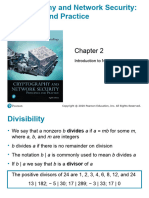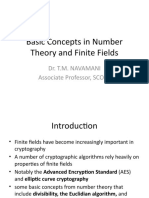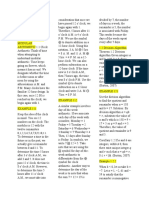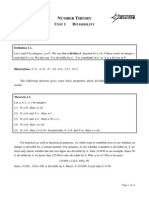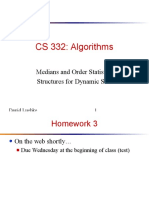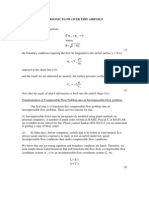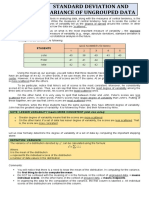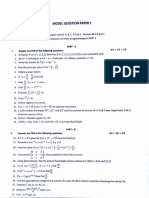0% found this document useful (0 votes)
28 views15 pagesM2 Basic Concepts in Number Theory
The document covers basic concepts in number theory, focusing on divisibility, the division algorithm, and the Euclidean algorithm for finding the greatest common divisor (gcd) of two integers. It explains modular arithmetic, including congruences and operations, and provides examples to illustrate these concepts. The material is structured for educational purposes, particularly for understanding foundational principles in number theory relevant to data security.
Uploaded by
vipulshetty918Copyright
© © All Rights Reserved
We take content rights seriously. If you suspect this is your content, claim it here.
Available Formats
Download as PDF, TXT or read online on Scribd
0% found this document useful (0 votes)
28 views15 pagesM2 Basic Concepts in Number Theory
The document covers basic concepts in number theory, focusing on divisibility, the division algorithm, and the Euclidean algorithm for finding the greatest common divisor (gcd) of two integers. It explains modular arithmetic, including congruences and operations, and provides examples to illustrate these concepts. The material is structured for educational purposes, particularly for understanding foundational principles in number theory relevant to data security.
Uploaded by
vipulshetty918Copyright
© © All Rights Reserved
We take content rights seriously. If you suspect this is your content, claim it here.
Available Formats
Download as PDF, TXT or read online on Scribd
/ 15





